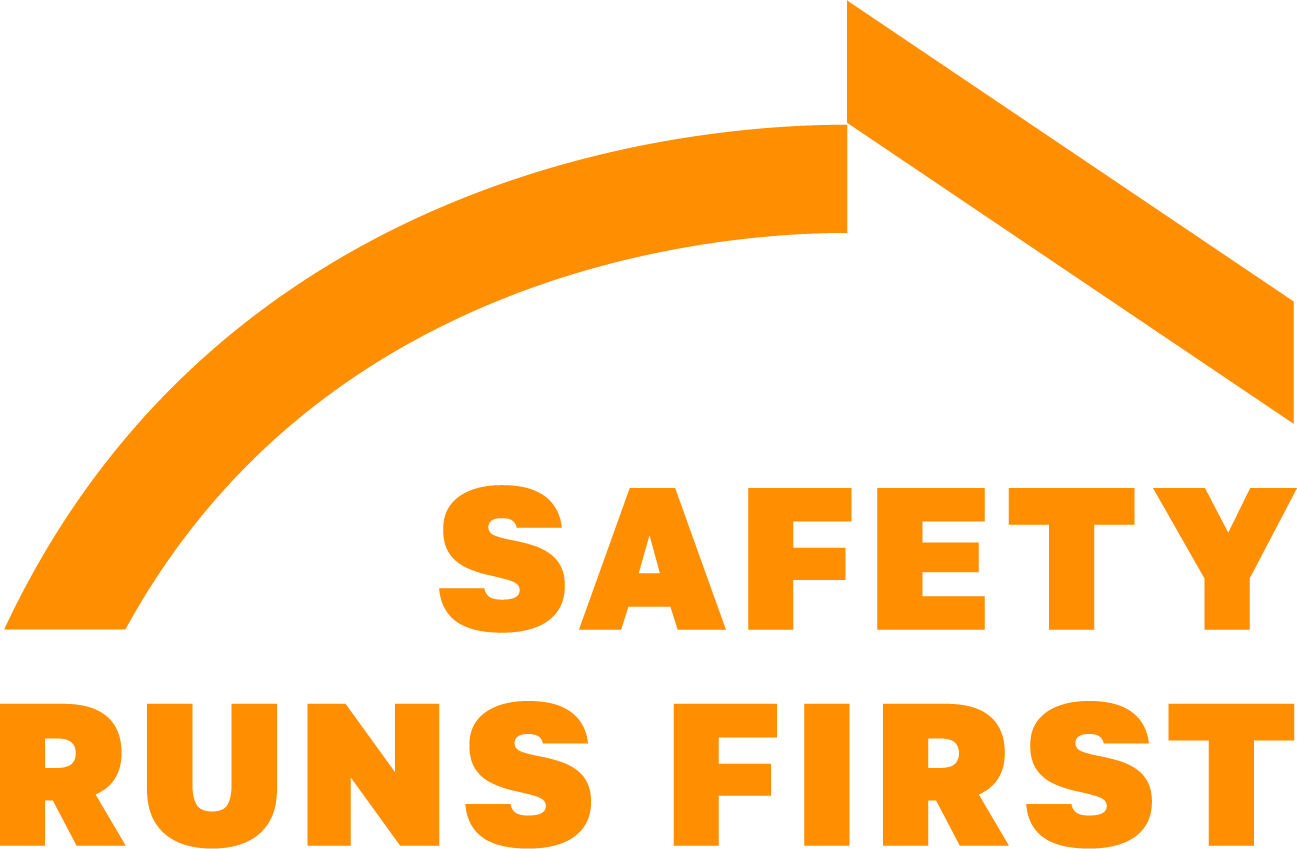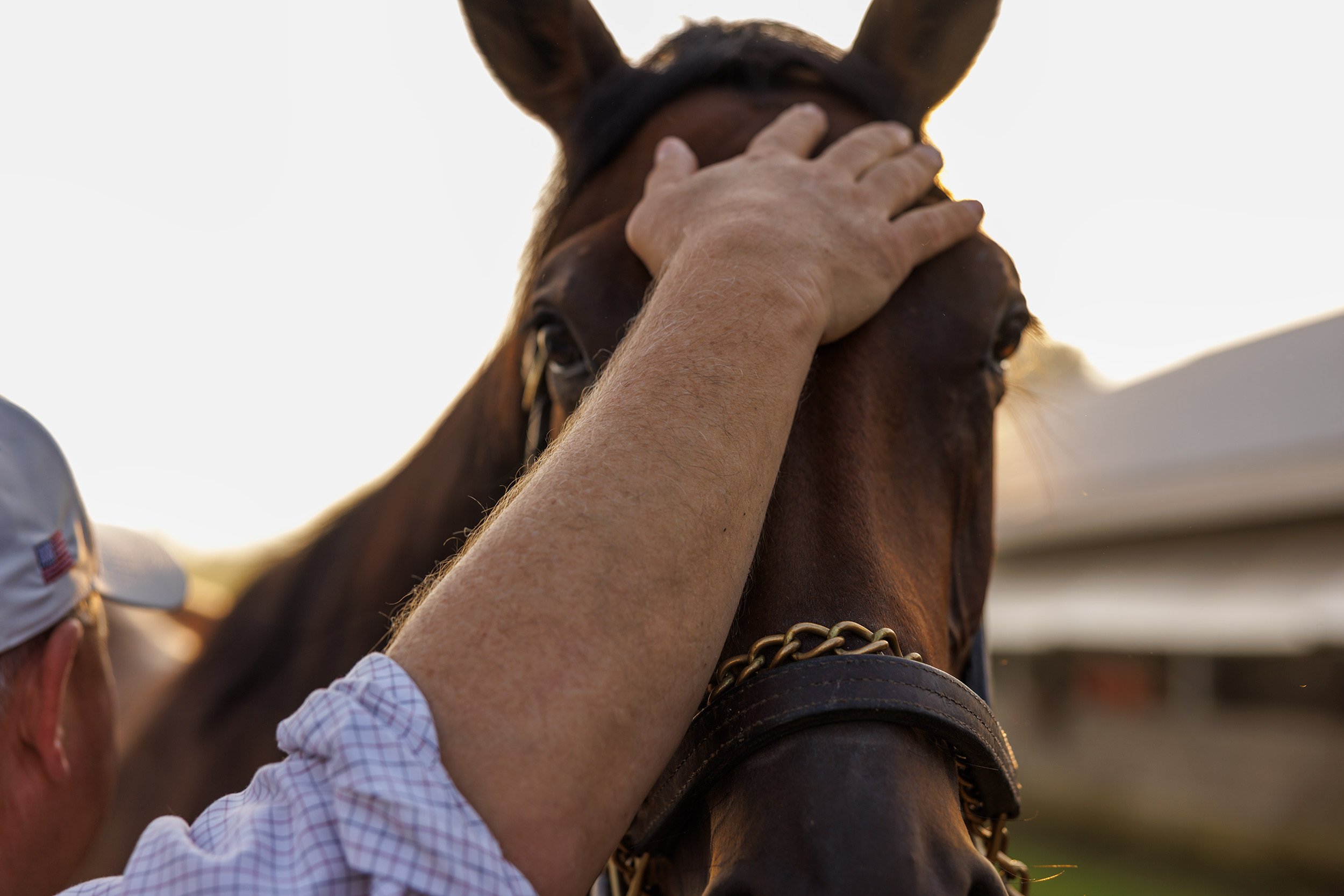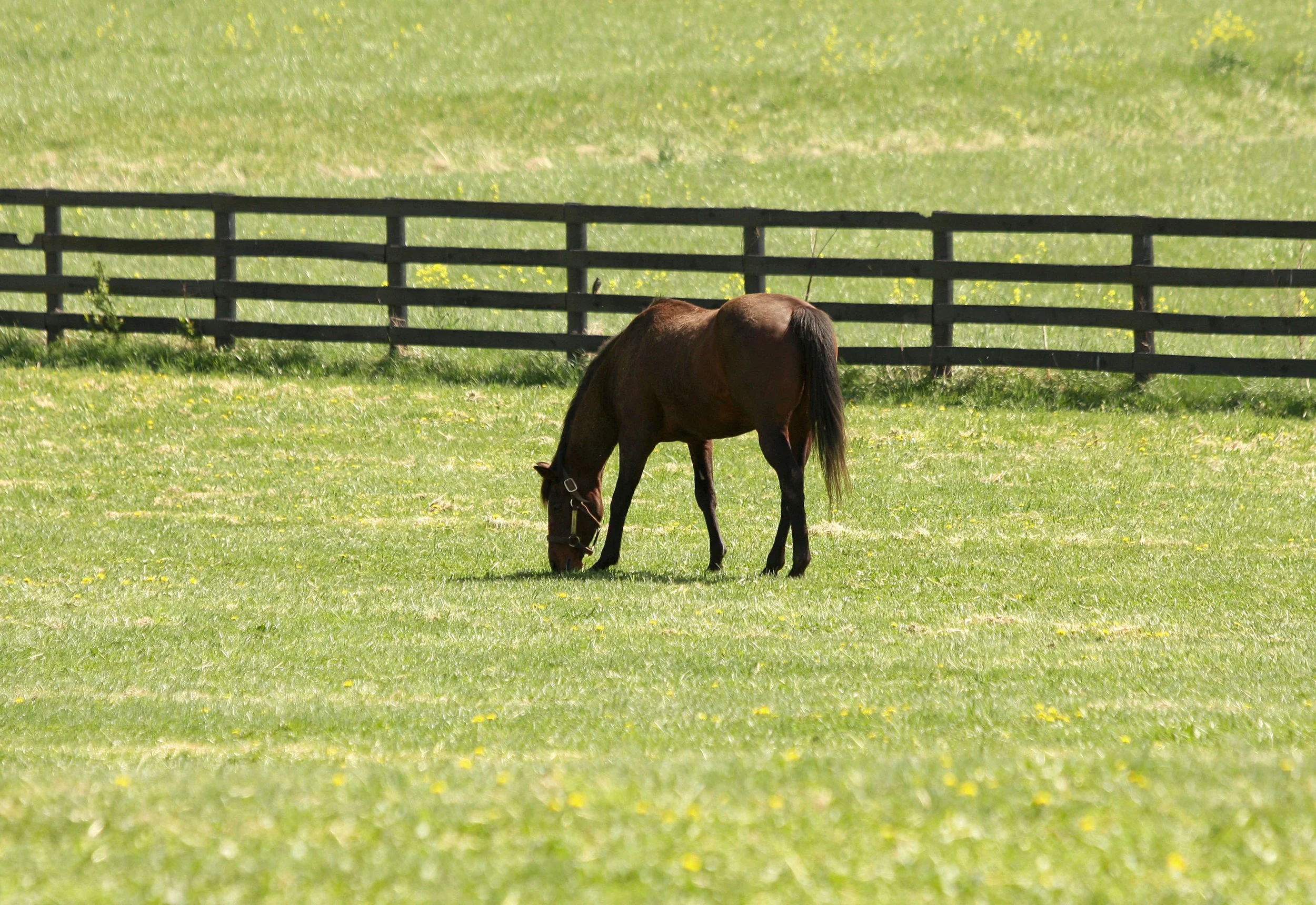
ECOSYSTEM OF CARE
New independent oversight under the Horseracing Integrity and Safety Authority (HISA) is bringing uniformity to the sport’s rules, ensuring a consistent level of care across the entire sport. But the buck doesn’t stop with HISA. The sport has its own part to play. We are casting a wide net, investing in a variety of new technologies, practices, and data-backed solutions using AI and machine learning to identify ways to improve safety outcomes.
FOUR PILLARS OF SAFETY
Ensuring horses are fit to run
Maintaining optimal racing and training surface conditions
Increasing uniformity, integrity, and transparency through independent, federal oversight
While there’s more work to be done, we’re already seeing results, with a consistent drop in the number of equine injuries.
ENSURING HORSES ARE
FIT TO RUN
Thoroughbred racing takes a multi-faceted, collaborative approach to ensuring horses are fit to run. It starts with detection, utilizing new diagnostic technologies, data, and enhanced veterinary oversight to identify horses that may be at risk for injury before they enter the starting gate or set out for a high-speed workout.
-
Expanded veterinary oversight under HISA has brought best-in-class protocols to every racetrack under its jurisdiction. Regulatory officials, trainers, veterinarians, and others charged with caring for the horses now have access to consistent information for each horse. For regulatory veterinarians tasked with inspecting horses on race day, each day starts with a review of veterinary records and racing/training histories for potential risk factors, such as recent extended periods of time off or the administration of certain treatments, to identify horses that might have an increased risk of injury.
Regulatory veterinarians then perform a hands-on examination to evaluate the horse’s physical condition and consult with the trainer and attending veterinarian to get a better understanding of that specific horse’s history.
Additionally, racetracks are dedicating entire departments of staff that include multiple full-time positions dedicated to equine safety. This includes the hiring of veterinarians and racetrack surface experts who are on the track and in the stabling area every day working with horsemen and women, observing the horse population and approaching safety holistically and collaboratively.
-
The integration of wearable technology in training and racing can help support injury detection by constantly measuring and recording the length of a horse’s stride, planes of motion, and other baseline indicators. Changes in those baselines can alert those caring for or riding the horse to a potential issue and the need for further diagnosis.
-
Thanks to HISA’s uniform data reporting requirements, the sport has the benefit of a centralized online database with consistent and comprehensive information on every horse. This data is being used by veterinarians, horsemen, tracks, and officials – and in partnership with leading data analytics companies like Amazon Web Services (AWS) and Palantir – to screen horses for risk factors and inform decisions about their fitness to race or engage in high-speed training.
HISA’s partnerships with Palantir Technologies and AWS are bringing horseracing in line with how other sports, like the NFL, are utilizing data and AI to enhance player safety.
AWS is helping HISA implement methods of data collection and standardization so they can apply AI to identify patterns in equine injuries. Inputs for AI analysis include wearable sensor data, racing and training performance data, racetrack surface data, weather information, and veterinary records.
HISA and Palantir are creating a data-enabled tool to assist in identifying horses at risk for injury before they race.
-
With more tracks investing in onsite advanced diagnostic imaging like PET scans, MRIs, and CT scans or providing expedited access to them at nearby equine medical facilities, trainers and veterinarians are now better able to detect hard-to-identify precursors to injuries.
-
24/7 video and security surveillance systems in the barns and around the track are being adopted across the industry to provide veterinarians, investigators, and security experts with consistent monitoring of our horses so they are better able to identify potential issues or inconsistencies. These systems also enable regulatory and track veterinarians to view horses that have been flagged over the course of their pre-screening process under tack, schooling in the paddock, on the track, and walking throughout the stabling area. Additional monitoring allows veterinarians to make more informed decisions.
MAINTAINING OPTIMAL RACING AND TRAINING SURFACE CONDITIONS
Tracks across the country are investing millions of dollars to maintain their racing and training surfaces. HISA also requires tracks to test, record, and report racing and training surface conditions. By centralizing this information by track or region for analysis, we can increase our understanding of how varying factors, such as weather, moisture content, depth, and cushion, affect equine safety.
What some may see as just dirt on a track is actually a precisely engineered blend of sand, silt, and other components that are specific to geographic regions based on climate and other factors. This mixture sits atop a drainage system that works in tandem with tracks’ watering systems to ensure optimal moisture content, rain or shine, from sunrise to sundown.
Similarly, turf courses at racetracks are maintained the same way professional soccer fields and golf courses are maintained – they feature advanced drainage systems and specific types of grass and soil to ensure consistent and even rooting across the width of the track.
-
Entire teams at racetracks are dedicated to overseeing racing and training surfaces so they are consistent no matter the weather or time of day. From the surfaces themselves to the equipment and tools used to maintain them, no detail goes unnoticed.
Tracks use state-of-the-art technology, including graders for resurfacing that use GPS technology to maintain consistency of the dirt track surface, to ensure optimal conditions on racing and training surfaces throughout the day.
-
All-weather surfaces have statistically shown great promise in improving safety outcomes. The industry has formed the All-Weather Surfaces Committee to evaluate the impact of various racing surfaces on equine injury rates and study the feasibility of broader adoption of all-weather surfaces nationally. The committee, which is chaired by NYRA President and CEO David O’Rourke, was formed at the request of HISA and includes representatives from Keeneland, Breeders’ Cup, 1/ST Racing, and Del Mar Thoroughbred Club, serving as yet another example of cross-industry collaboration to enhance equine safety.
INCREASING UNIFORMITY, INTEGRITY, AND TRANSPARENCY THROUGH INDEPENDENT, FEDERAL OVERSIGHT
HISA is providing our sport with independent, federal oversight for the first time in its history. This uniformity extends from enhanced veterinary protocols to track and jockey safety to a rigorous anti-doping program.
HISA
HISA oversees operational safety, including expanded veterinary oversight, surface maintenance standards, and new reporting requirements, under its Racetrack Safety Program and racing integrity under its Anti-Doping and Medication Control (ADMC) Program.
HISA’s uniform Racetrack Safety and Anti-Doping and Medication Control rules are lifting up and improving the standard ecosystem of care at every track, so all horses are receiving a higher level of care. This includes bringing in more veterinarians and other safety experts when needed to assess track populations and broader racing and training conditions.
HISA has established a centralized database and reporting platform for the sport, enabling tracks, trainers and officials to access information about horses and racing participants that ultimately help them make informed decisions about whether a horse is fit to race or train.
HIWU
The Horseracing Integrity and Welfare Unit (HIWU), HISA’s independent anti-doping and medication control enforcement agency, is administered through Drug Free Sport International.
HIWU oversees out-of-competition and post-race testing programs, laboratory accreditation, and adjudication and results management processes that are designed to detect substances that shouldn’t be in a horse’s system and hold bad actors accountable for putting horses at risk.
In addition to potentially performance enhancing qualities, the substances governed by HISA and HIWU might mask injuries, preventing veterinarians from identifying pre-existing conditions, endangering the welfare of our athletes.
HIWU also has a robust team of expert investigators with backgrounds in equine security and law enforcement as well as an anonymous tip line to catch and deter bad actors.
PROVIDING CARE THROUGHOUT THE COURSE OF OUR HORSES’ LIVES
Horses enter our ecosystem of care well before they first set foot on the track and stay with us for the rest of their lives. Members of the Thoroughbred industry work with foals, broodmares, stallions, yearlings, racehorses, and retired athletes around the clock to ensure a safe and successful career on and off the track.
-
Officials from Keeneland, Fasig-Tipton, and Ocala Breeders’ Sales Company recently announced uniform, enhanced medication policies designed to safeguard the welfare of the horse and bring their policies in line with the new national standards. The measures are the result of ongoing discussions and mark the fourth collaborative medication reform action taken by the three companies since 2009.
-
Horses’ lives extend far beyond their time at the track, and our commitment to their wellbeing does too. Thoroughbreds are athletes capable of success in a multitude of disciplines upon the conclusion of their racing careers. Whether it’s in the show ring, riding on the trails, or serving as valuable members of therapeutic horsemanship and vocational programs, transitioning to a second career ensures Thoroughbred care continues when their racing days are over.
A number of state, local, and national organizations are playing a crucial role in facilitating the care and support of retired racehorses, including The Thoroughbred Retirement Foundation, Second Chances Program, The Retired Racehorse Project, The Thoroughbred Aftercare Alliance, The Jockey Club Thoroughbred Incentive Program, Thoroughbred Charities of America, and others. Many horsemen’s groups and racetracks have also created programs aimed at ensuring a safe transition to second careers. These include Beyond the Wire, Take 2 Thoroughbreds, Hope After Racing Thoroughbreds, and CARMA.
To learn more about some of these organizations, including links to their websites, please visit our Resources and News section.






